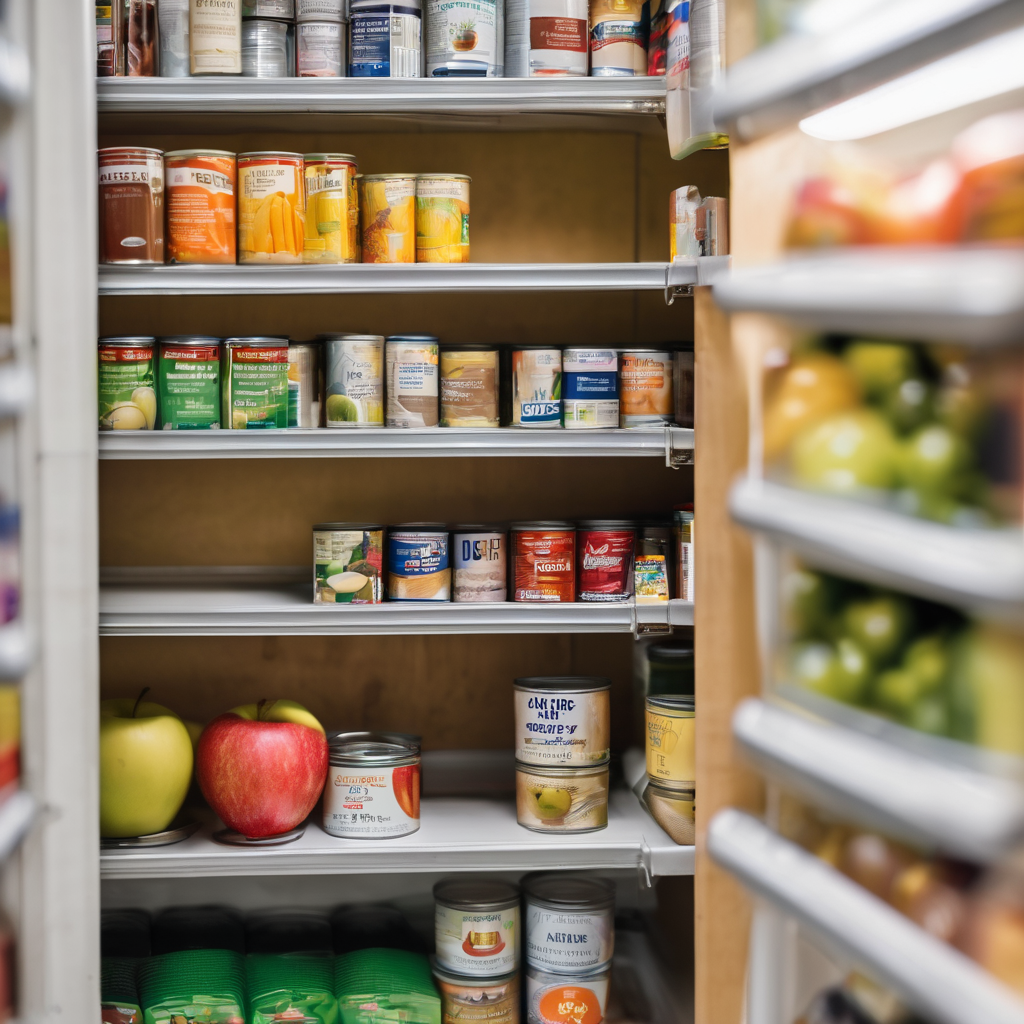The U.S. Department of Agriculture (USDA) has directed all states to cease the issuance of full food stamp benefits for November 2025, following a temporary pause from the Supreme Court on a lower court order that mandated the agency provide complete assistance to Americans in need. This directive comes amid ongoing legal disputes regarding the funding of the Supplemental Nutrition Assistance Program (SNAP).
In a memo obtained by CNN, USDA official Patrick Penn highlighted that states must roll back any steps taken to distribute full SNAP benefits after a previous court ruling appeared to authorize such payments. As a result, states are now expected to issue only partial benefits, specifically 65% of the maximum allotments for the month. Due to the complexity of benefit calculations, many recipients will likely receive even less than this adjusted amount.
The implications of this guidance affect approximately one in eight Americans who rely on SNAP for food security. This situation has become increasingly tangled in legal proceedings, with the USDA issuing multiple directives as it navigates lawsuits over its decision not to access a contingency fund meant for food assistance in November. In recent days, various states expressed confusion over the evolving instructions from the USDA.
While some states, such as Pennsylvania and Kansas, initially planned to distribute full benefits based on prior guidance, the outcome following the Supreme Court’s actions left these states scrambling. Pennsylvania’s Democratic Governor Josh Shapiro indicated that while certain residents would receive their expected SNAP benefits, the state had paused further distributions. Kansas Governor Laura Kelly expressed concern for the vulnerable populations relying on these low-income assistance programs, emphasizing the critical need for clarity in funding practices.
The legal tension surrounding this issue intensified when Justice Ketanji Brown Jackson temporarily sided with the Trump administration, halting the lower court’s order that would have compelled the USDA to approve full funding for SNAP benefits. The lower court had previously mandated the USDA to draw from its contingency fund, but the recent legal developments suggest an ongoing struggle over food assistance in the face of federal budget challenges.
Wisconsin has also been at the forefront of this issue, having already loaded benefits onto prepaid cards for nearly 700,000 residents before the Supreme Court’s order paused the full benefits across the board. Governor Tony Evers voiced his determination to resolve this matter, advocating for families who depend on the program.
The current legal landscape demonstrates the complexities and urgent nature of food security initiatives in the United States, with ongoing calls from state leaders for immediate resolutions to ensure eligible families receive the support they desperately need. Political responses suggest a growing frustration among state governors grappling with the immediate and broader implications for low-income residents.
The USDA’s recent instructions have not only disrupted the assistance program but have highlighted the urgent need for a systematic approach to food relief amid a challenging economic backdrop. As states work to comply with these directives, the spotlight remains firmly on how swiftly the courts can resolve the matter and restore certainty to millions of Americans relying on SNAP.
